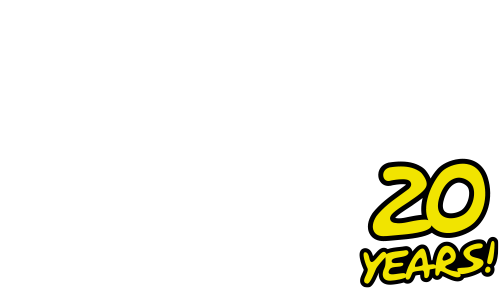History
Mictlantecuhtli was the god of the dead of the Aztec Gods and ruled over the netherworld realm of Mictlan.[1]
As Quetzalcoatl and Tezcatlipoca destroyed each others' versions of the world in their rivalry, the bones of the previous inhabitants were sent to Mictlan.[1]
After they destroyed the Fourth Sun (the fourth world creation), Quetzalcoatl and Tezcatlipoca decided to collaborate. Quetzalcoatl accompanied his brother Xolotl to Mictlan,[1] to steal the bones of the previous worlds' inhabitants from Mictlantecuhtli. Once safely back on Earth, they collaborated with Gaea to create a new race of mortals from the bones of the previous races.[3]Attributes
Powers
Mictlantecuhtli has the conventional powers of the Aztec Gods:
- Superhuman Strength: All members of the Teteoh pantheon possess some degree of superhuman strength. However, on average, they’re somewhat weaker than some other pantheons, such as the Asgardians or Olympians, the average male Mayan god is able to lift about 25 tons while the average.[citation needed]
- Superhuman Speed: Each member of the pantheon is able to run and move at speeds that are beyond the natural physical limits of the finest human specimen, though the upper limit of the speed varies between members.[citation needed]
- Superhuman Stamina: The musculature of the Teteoh is much more efficient than that of a human being. Their muscles produce considerably less fatigue toxins during physical activities than those of humans. The average Mayan god can exert themselves at peak capacity for roughly 24 hours before the build up of fatigue toxins in their blood begins to impair them.[citation needed]
- Superhuman Durability: The skin, bone and muscle tissues of the gods are much tougher and more resistant to physical injury than the bodies of humans. The average Ahau is capable of withstanding falls from great heights, exposure to temperature extremes, great impacts and high caliber bullets without sustaining injury.[citation needed]
- Superhumanly Dense Tissue: The density of an Teteoh bodily tissues is about twice that of a human being, contributing somewhat to their great strength. As a result, they’re actually much heavier than they appear to be.[citation needed]
- Regenerative Healing Factor: It is possible for the Teteoh to sustain injury. If injured, their extremely efficient metabolisms enable them to rapidly heal damaged bodily tissue much more extensively than a human is capable of. The average god, however, is unable to regenerate missing limbs or organs.[citation needed]
- Immortality: The Teteoh are functionally immortal in the sense that they cease to age upon reaching adulthood and are immune to the effects of all known Earthly diseases and infections. However, this doesn’t mean that they can’t die. It is possible for them to sustain injuries, such as being incinerated for instance, that can cause their physical deaths. It’s possible, however, for a number of gods working together to resurrect a deceased member if his or her life essence is beyond resurrection.[citation needed]
- Superhuman Agility: All members of the Teteoh pantheon possess agility, balance, and bodily coordination beyond the natural physical limits of the finest human specimen.[citation needed]
- Superhuman Reflexes: The reflexes of an Teteoh are also enhanced to superhuman levels. The reflexes of the Mayan gods are somewhat superior to those of most other god pantheons as a means of balancing out their typically inferior levels of physical strength.[citation needed]
- Shapeshifting: Most Ahau are highly skilled metamorphs and can shift all portions of their bodies into the shapes of animals, inanimate objects, other humanoid beings, skeletal form, etc.[citation needed]
- Mystical Energies: Many Ahau also possess additional superhuman abilities that are magical in nature.[citation needed]
- Control Over Life and Death: As a god of death, Mictlantecuhtli holds the power of life and death. Death for a God is somewhat different from death for an Earth human being. In both cases, the corporeal body ceases all functions and activities, but whereas mortal spirits flee the physical form at the moment of death, the spirits of gods remain in their bodies until the death god draws them out and dispatches them to her realms.[citation needed]
Paraphernalia
Equipment
Mictlantecuhtli is often seen with an owl perched on his shoulder.[1]
Notes
See Also
- 1 appearance(s) in handbook(s) of Mictlantecuhtli (Earth-616)
- 2 image(s) of Mictlantecuhtli (Earth-616)
